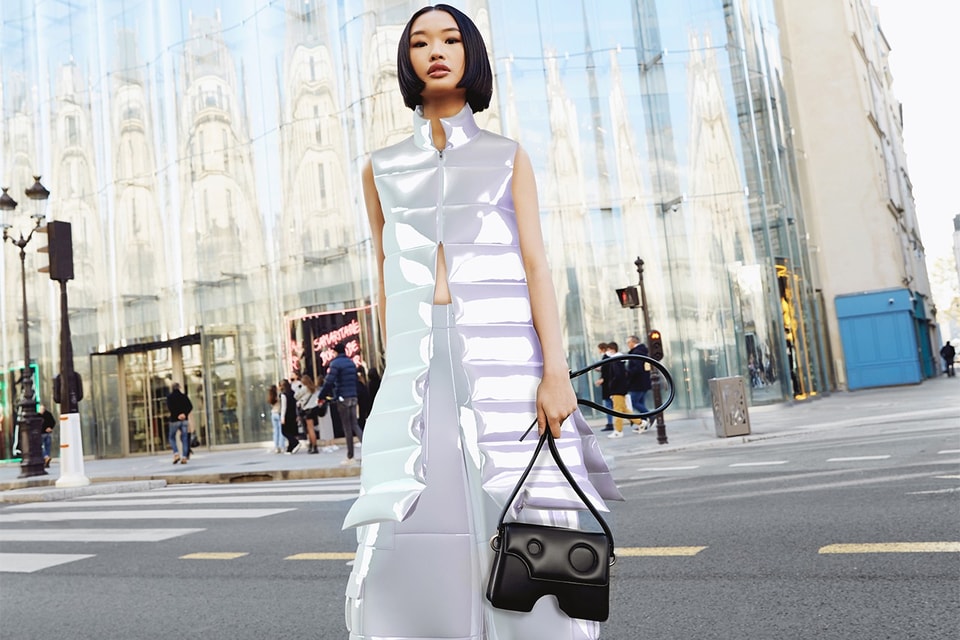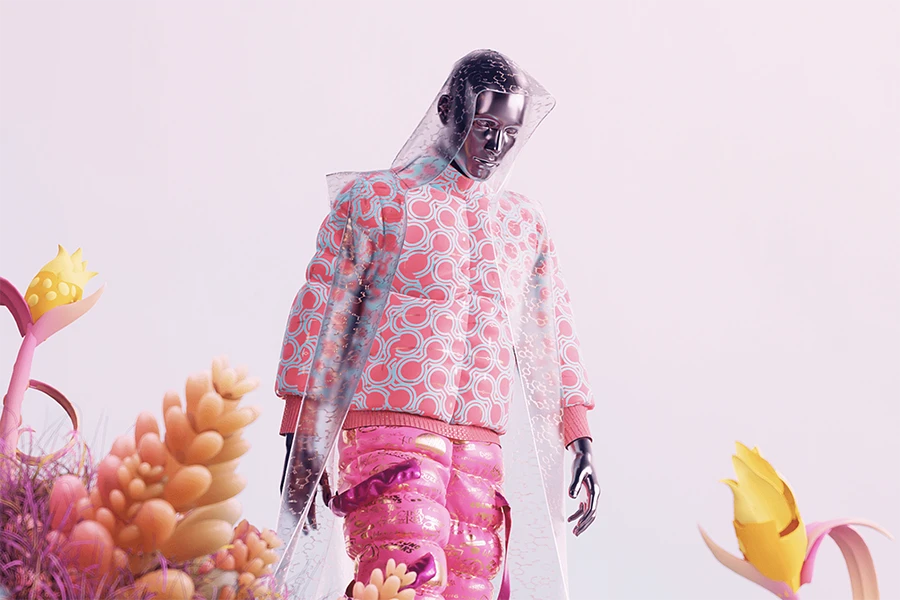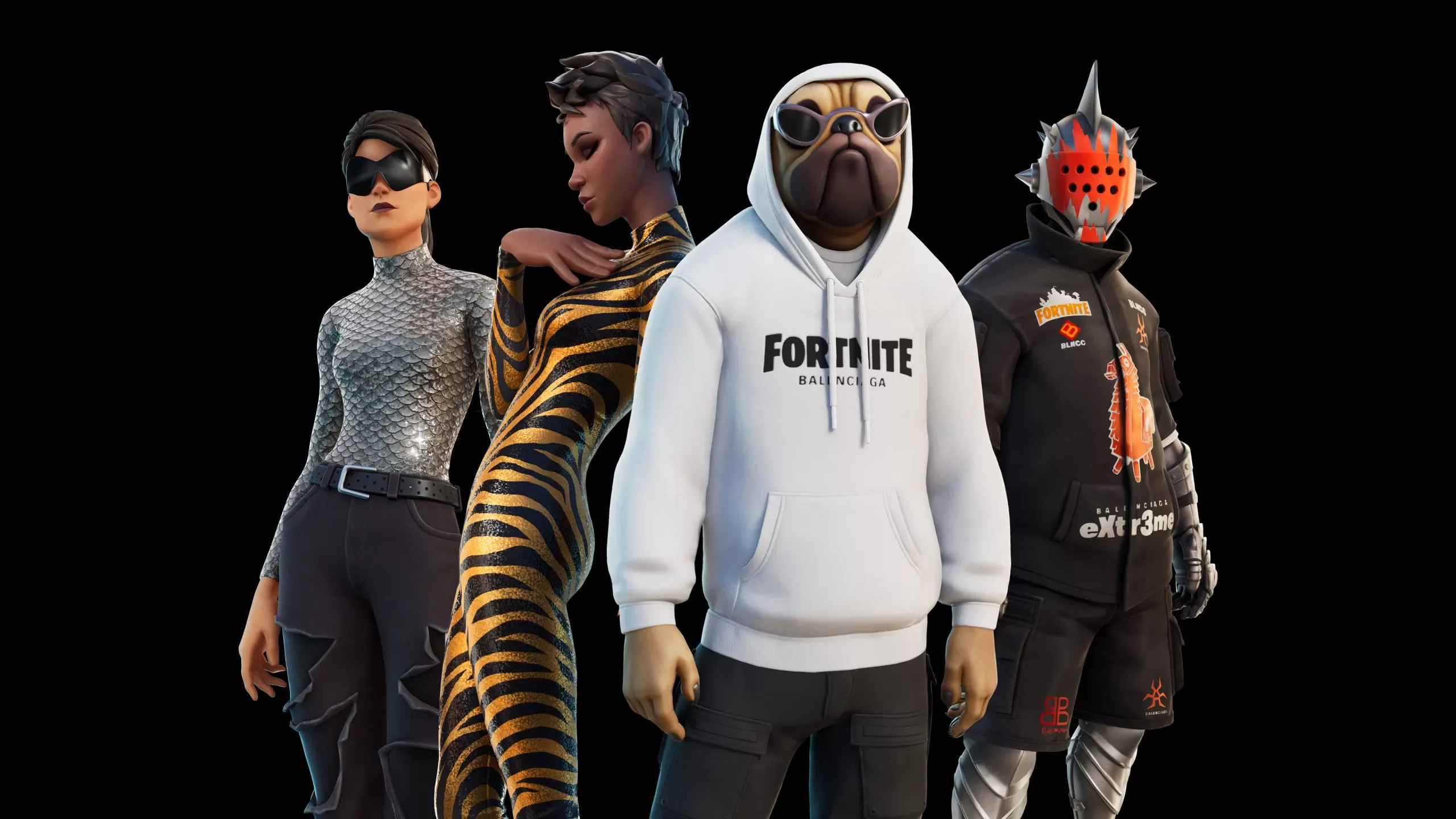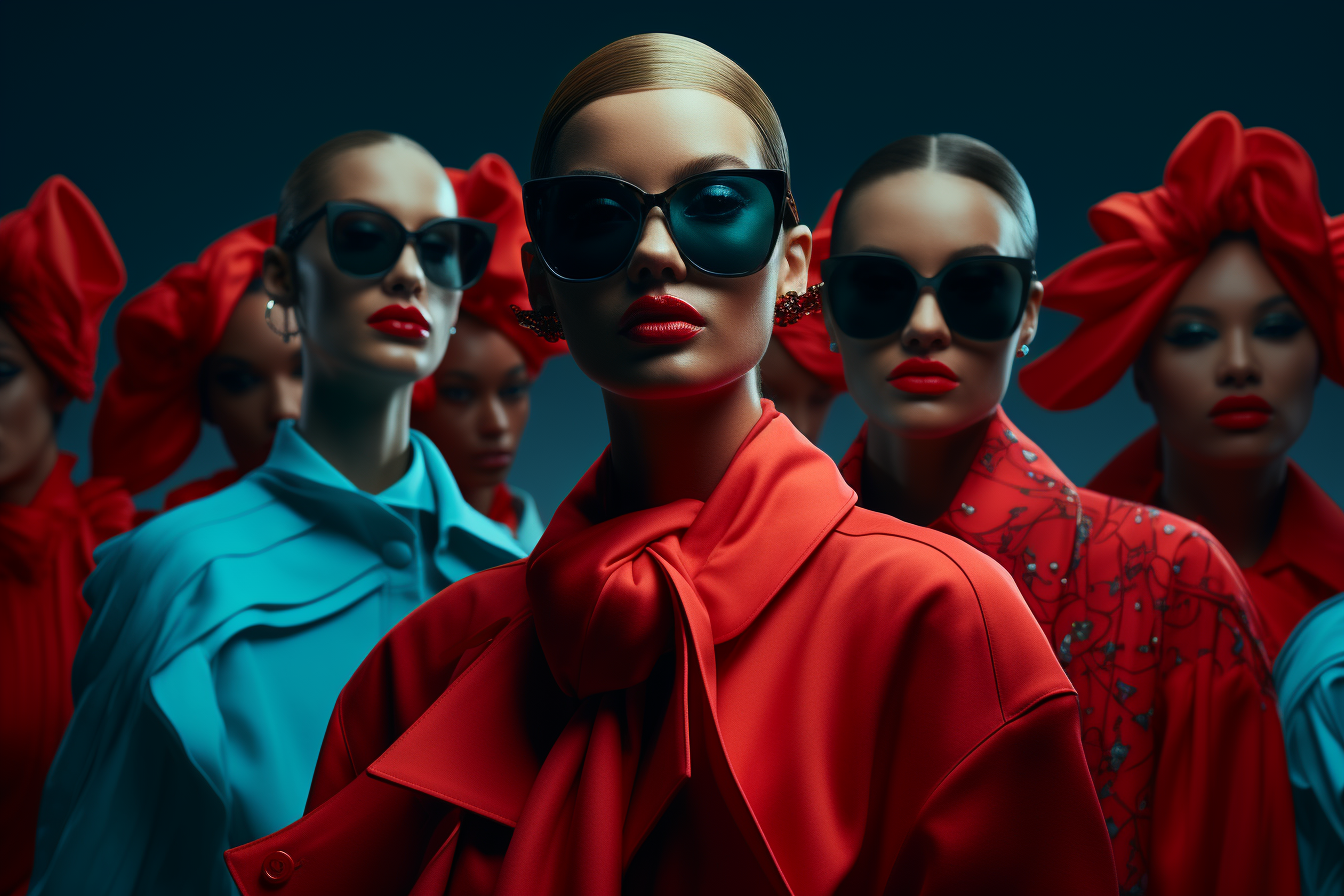share

Fashion and NFT might be a crazy combination none of us have expected, but considering the recent developments in the field, it is quite likely to be the next big thing. More and more big names in fashion are investing and inventing in the NFT sphere right now. With the advancement of NFTs from simple images to full-fledged video and audio files, real estate, and other non-digital assets, NFT clothes do not sound so far-fetched.
NFT and Fashion, How Does That Work

While NFTs are usually associated with digital assets like images or video files, they can be much more! A lot of the time, NFTs and non-fungible technology in general can be used to great effect in securing ownership of a variety of products. In recent years, we have seen NFT technology reach into the real estate, art, and now apparel industries, cementing itself as a valuable tool for a lot of industries to come.
Although the idea might sound simple on its own, there are a lot of different ways fashion NFTs can show themselves on the wild side of the Internet. These can manifest in three most common ways: virtual apparel, interactable virtual content, and virtual world equivalents of real-life items or pieces of apparel.
What Lead to Fashion NFTs Skyrocketing

This trend for virtual clothing and virtual world apparel came around a few years ago when Fabricant released and marketed their iridescent dress to the public. In May 2019, the first ever piece of virtual clothing was successfully created, marketed, and sold. Ever since many brands tried to capture the same energy and degree of success, Fabricant made way back then with a multitude of popular fashion brands turning to the digital world. Surprisingly, this trend does not discriminate as luxury brands and common apparel brands alike have joined in on the trend, ranging from Louis Vuitton to Adidas.
Nowadays, not a week goes by without the experts on our team hearing about a new invention or launch in the fashion NFT industry.
In all honesty, the popularity of fashion NFTs is completely evident when you look around at the current state of the world and how the apparel business has been hit as a result of the 2020 pandemic. Shortly after the pandemic, all physical stores were closed down, and the industry had to shift heavily into the online ecosystem. Mostly, this just meant that a lot more brands and corporations in the fashion industry built comprehensive online shop spaces, but on some rare occasions, brands would spread out into digital fashion. And some of those rare times that this spread paid off were truly remembered by the cryptocurrency and the Internet community as a whole.
However, now, in the post-pandemic world, a lot of people are still posted up in their homes, rarely interacting with the outside world since the online shop spaces have evolved so much that there is little need to go outside. Moreover, the huge launch of Metaverse stemmed this process even further.
Fashion NFT Use Cases
The fashion NFT trend allows brands and boutiques to capture a completely new and untapped part of the audience. Such part of the audience cares about their internet appearance and appreciates when there is digital apparel to try on and express their individuality online. The world of NFT fashion brands is wide, with both affordable and luxurious offerings.
Metaverse Fashion Week
Metaverse fashion is a big part of why the fashion NFT ecosystem skyrocketed in popularity in recent years. With steady and comprehensive developments in the Metaverse sphere, more and more internet users are gathering excitement about the prospect of having a digitized wardrobe.
This user excitement and industry interest culminated during the Metaverse fashion week, where many a luxury fashion brand exhibited their digital fashion pieces for the whole Metaverse to see. Among these brands were Dolce & Gabbana, Tommy Hilfiger and more. A lot of these big-name brands also took this as an opportunity not only to showcase their most recent collaborations with top-notch digital apparel designers but also as an event to market their NFT wearables line. For example, look towards Tommy Hilfiger, which showcased and auctioned digital versions of their most iconic pieces.
Digital Clothing in the Real World
A recent study showed that a good quarter of Internet users and customers would be more inclined to purchase and invest in NFTs if it meant getting something physical to come with the NFT purchase. To follow that trend, many NFTs provide physical creations to their investors and customers. The fashion NFT ecosystem is no different. Many fashion NFT brands turned their focus to filling this niche.
For example, look at Dolce & Gabbana, which, with its first-ever luxury NFT collection, has accumulated around $6m at auction. The bidders that won the auction received the rights to the NFTs and physical copies of the digital apparel they purchased. On the other hand, Nick Graham launched an alternate reality apparel line that took the form of luxurious pieces of clothing with a QR code attached to the inner seams. Upon scanning the QR code, customers could claim their apparel on the blockchain and interact with additional alternate reality experiences.
Additionally, brands like Overpriced use NFT technology to trace the origin point of pieces and articles of clothing more accurately. In a world where artificial intelligence is comprehensive enough to create art pieces with just one user prompt, the implementation of this NFT technology seems to be a necessity soon.
NFT Apparel
The progression of the Internet and the digitized realm has traversed a considerable distance since its inception. In recent times, significant strides in augmented reality have paved the way for users to indulge in the experience of augmented reality clothing at their convenience. This aspect likely constitutes the primary allure of NFT apparel and the broader NFT fashion industry. Many individuals yearn for the marvel of acquiring wearable NFTs, capturing photos and videos, and generating diverse content featuring opulent digital attire.
The prevailing method for crafting NFT apparel involves integrating it with comprehensive augmented reality systems, enabling customers to don the digital items they purchase. In the past few years, numerous brands, including Nike, have embraced this trend, exemplified by their Nike Dunk Genesis Cryptokicks. Essentially, this footwear collection comprises approximately 20 thousand NFTs that customers can explore and manifest in the physical world through the utilization of a Snapchat filter.
An additional instance of augmented reality integration is the recent partnership between The Dematerialized and Rebecca Minkoff, resulting in a diverse array of NFT outfits. These outfits can be envisioned and materialized in reality using a phone camera.
Digital Storefronts

With the fashion industry’s quick transition to the digital world during the pandemic, some luxury brands are still keeping up the trend by opening up digital storefronts. Just as NFTs can be videos or any type of media, they can be virtual spaces. Some brands and sellers choose to allocate blockchain space for virtual stores for their customers.
On the vast sea of blockchains, there are some NFT sellers that offer spaces. One of these sellers, The Sandbox, collaborated with Gucci to set up a completely functional and comprehensive digital storefront for Gucci on Gucci Vault (the luxury brand’s conceptual space).
However, Gucci is not alone in this, as many more brands are reaching out to “digital real-estate agents” to purchase virtual spaces for their digitized storefronts.
Computer Game Collectible Apparel

A recent study by Statista found that around 60% of the current generation in China feels that people acquire luxurious pieces of fashionable clothing in the pursuit of fashion, while around 40% felt that such pieces provide confidence to the customers. To piggyback off of this mentality, many fashion brands have collaborated with the video game industry to create exclusive computer game collectibles.
Burberry and Blankos block party recently created a line of NFT vinyl toys, while Louis Vuitton decided to manufacture their own video game to promote their exclusive line of NFTs. In the game, the players are tasked with exploring a digital world to find all 30 NFTs carefully hidden inside the game. Once the player has collected all of these, they earn the right to participate in an exclusive NFT lottery. The main prize of which is a one-of-a-kind portable avatar model that can be used on many blockchain-powered platforms.
To Sum Up, Market Growth and General Market Consensus
While the initial growth spurt that the NFT sector experienced at the beginning of 2021 has completely died off, the actual number of daily traders and general user interactivity is far higher than it was in 2021. The growth of the sector, according to Chainalysis, has died off from $12bn to around $8bn in just a few months in early 2022. However, the number of concurrent traders is a hopeful sign that the market is still experiencing a steady amount of interest and popularity.
The arrival of fashion brands into the sector could be what the NFT community needs to finally reestablish itself and experience the immense highs previously thought unattainable. Moreover, due to most consumers being familiar with these high-profile fashion brands, their arrival could play on the general user mentality where a large majority of internet users would be more comfortable spending money on NFTs and cryptocurrencies as a whole if they came from a brand they either trust or have already heard of previously.
With the steady expansion of the Metaverse, we are destined to experience a rise in the NFT industry as well due to the general demand for digitization of the current generation of internet users. Gen Z is all about being unique while comfortable – a digitized world and digital apparel are just up the right alley.
Previous general market research has found that brands and marketplaces that provide personalized experiences or commodities are 80% more likely to gain the trust and interest of consumers worldwide. NFTs can be just that as they combine a high level of uniqueness and are a part of the bigger digital world, such as blockchain.








